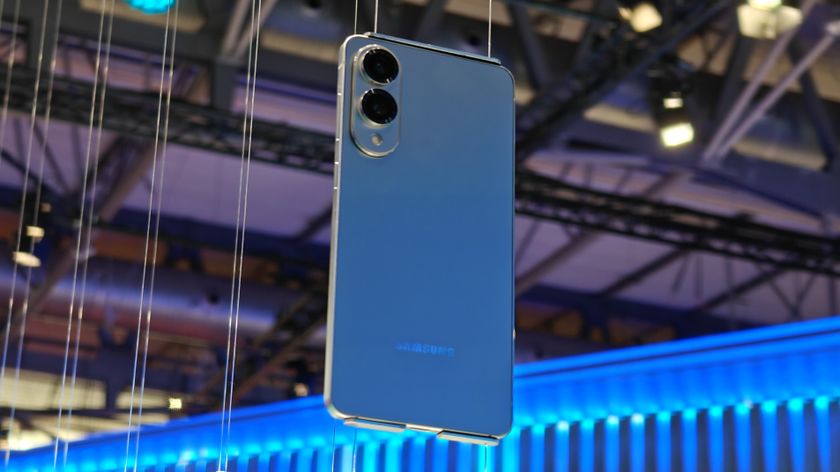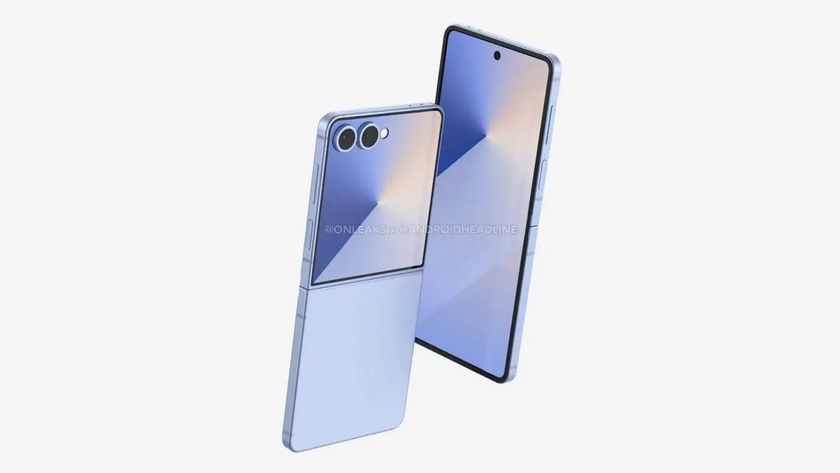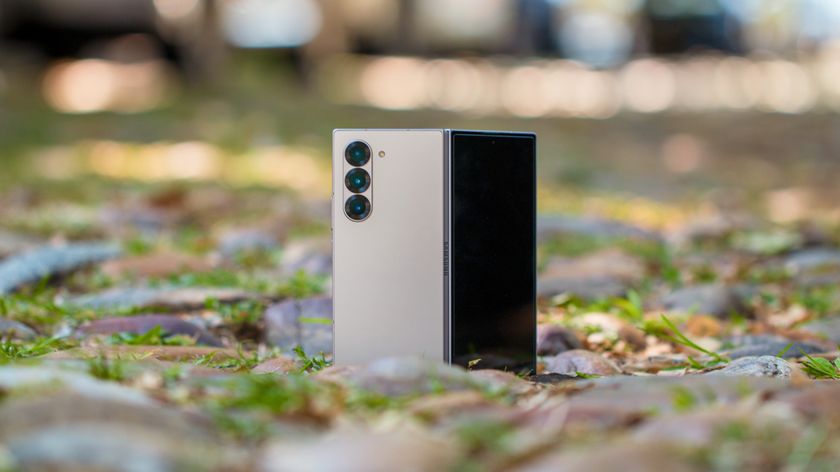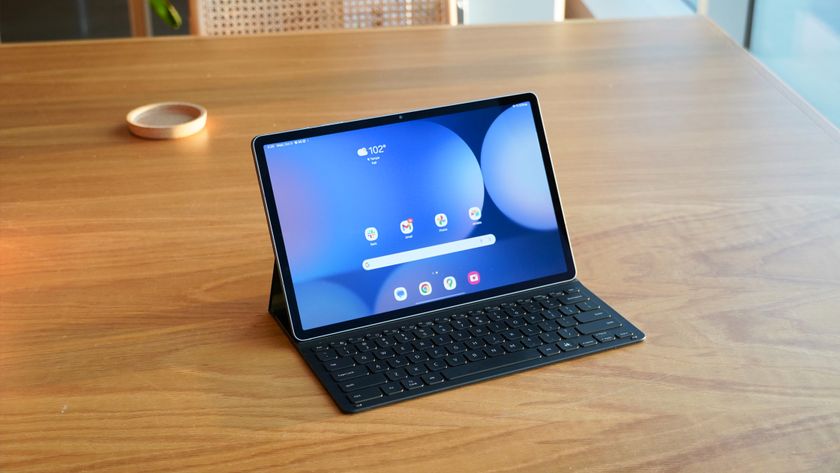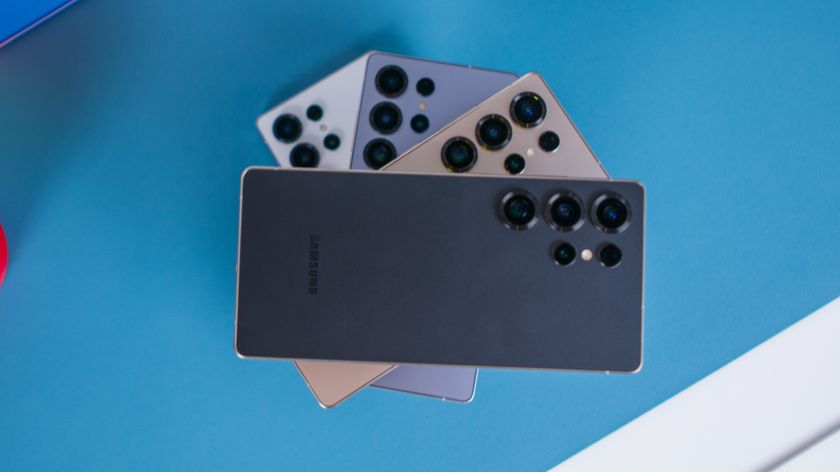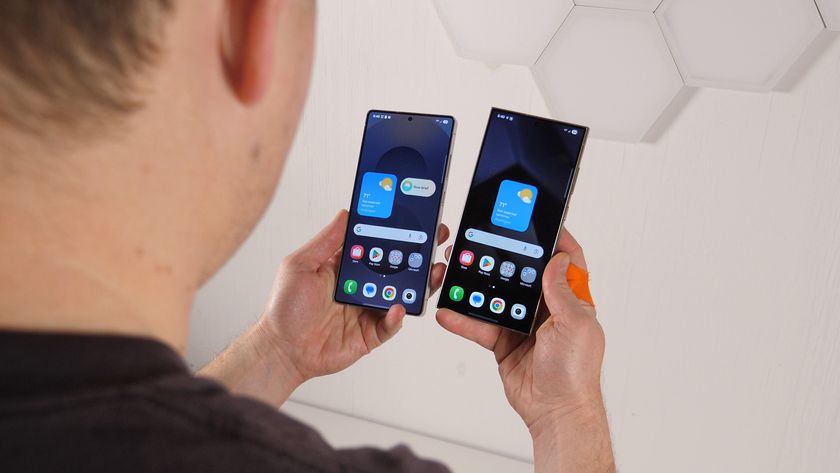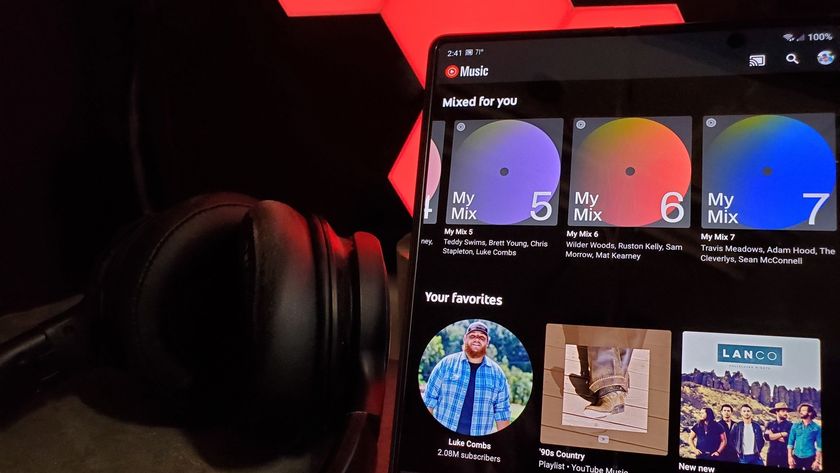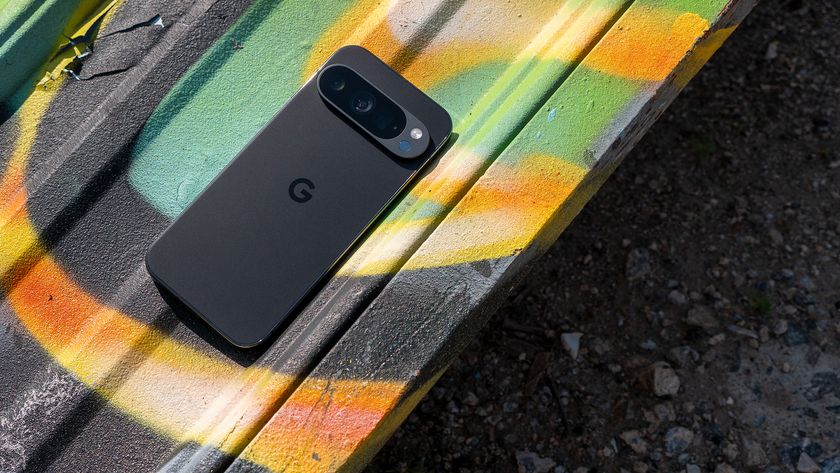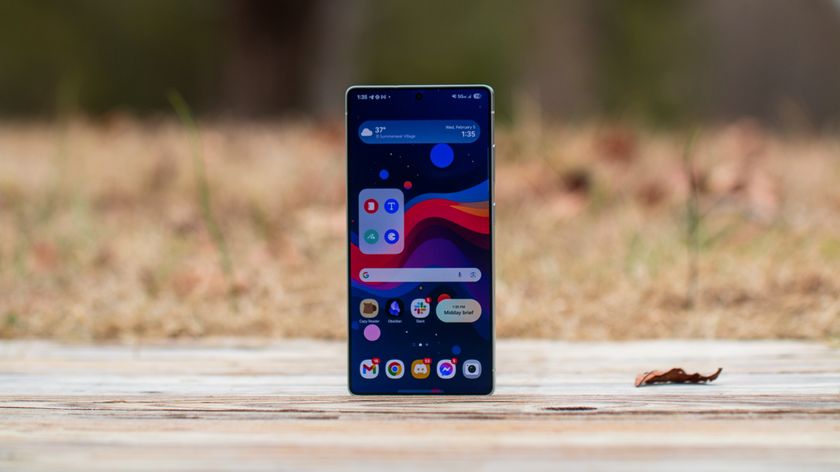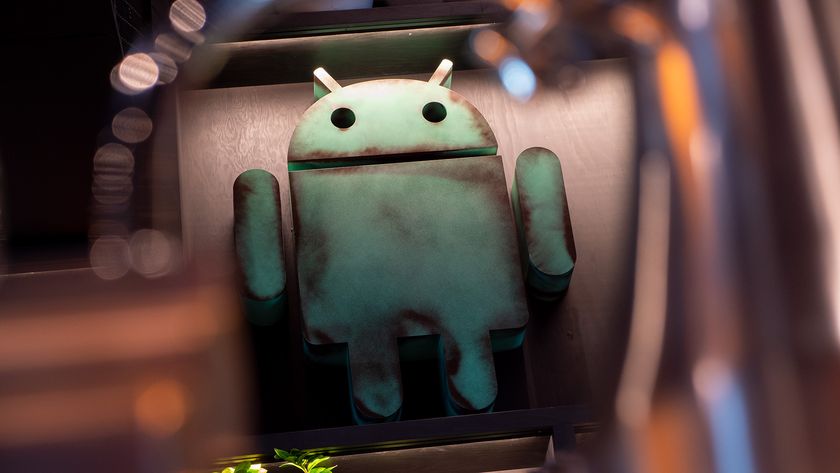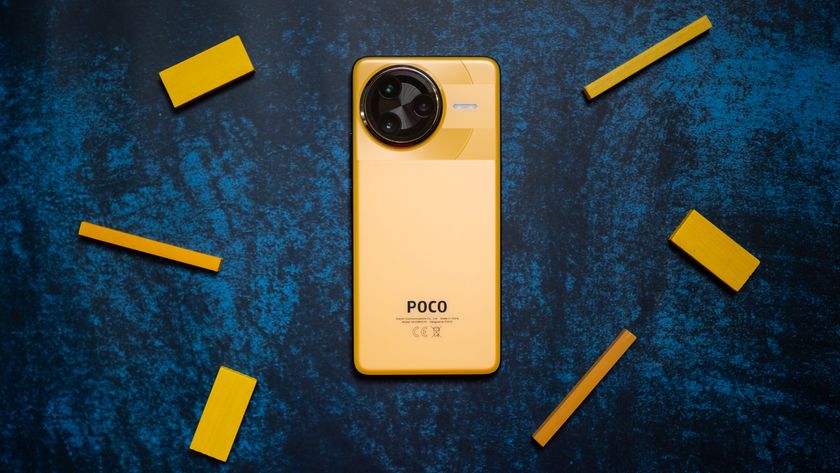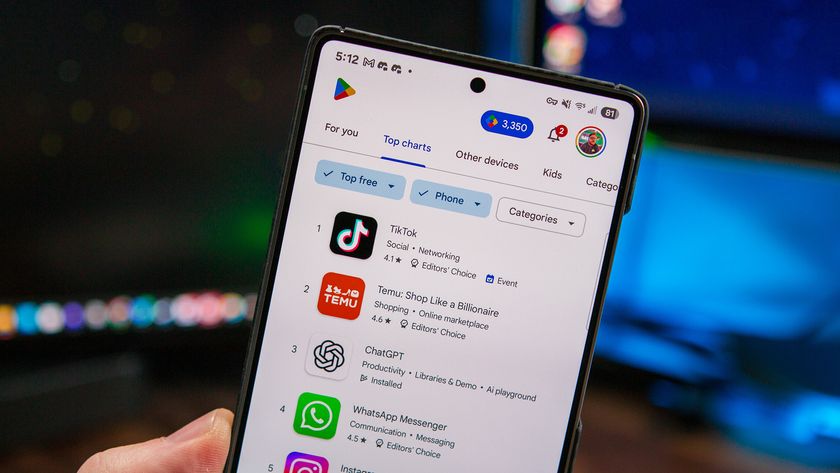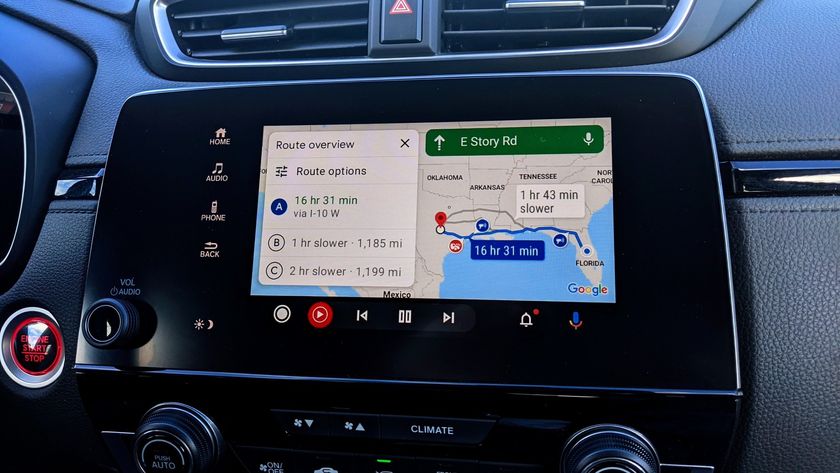Samsung Galaxy M10 + M20 preview: The start of something great
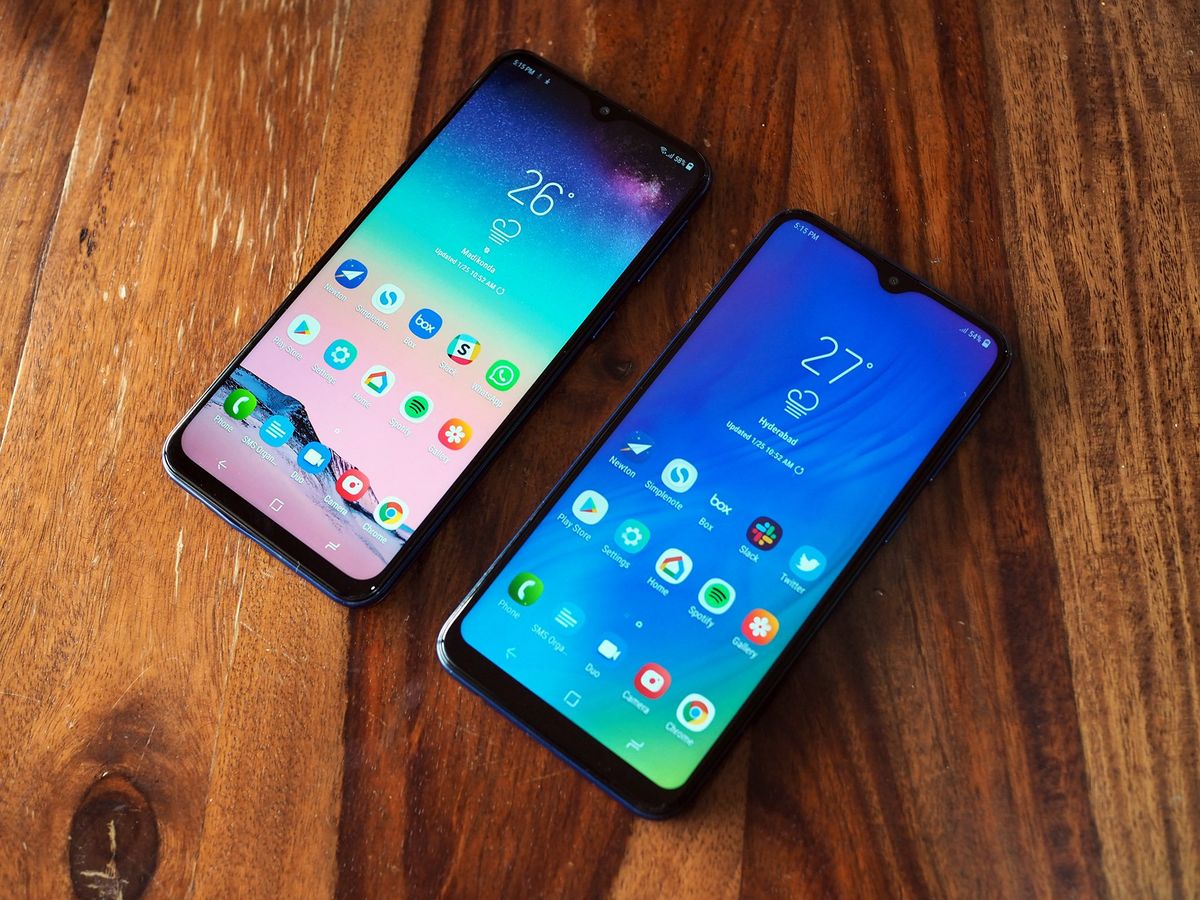
For the longest time, it seemed like Samsung just didn't care about the budget segment. Year after year it rolled out underwhelming phones in the Galaxy J series while Chinese brands introduced devices that redefined the category. The result is that Xiaomi managed to erode Samsung's market share in India over the last two years, with the Redmi series breaking all sales records over the last two years.
Samsung's inability to affect any real change in its budget strategy suggested the manufacturer didn't want to focus on the category as a whole; after all, a bulk of its revenue comes from the Galaxy S and Galaxy A series. Then there's the fact that the Galaxy J devices managed to sell in the tens of millions yearly even though there were much better phones available in the same category. A lot of this was down to Samsung's brand cachet and its robust distribution network.
But with dwindling market share, Samsung is finally ready to act. The manufacturer is launching the Galaxy M series in India, and it's clear from the onset that the devices will go after the likes of the Xiaomi Redmi Note 6 Pro and the ASUS ZenFone Max Pro M2.
Samsung is following a similar playbook as most of the Chinese vendors that operate in this space. The Galaxy M phones are sold exclusively online, and offer features that we just haven't seen on Samsung phones at this price point. Samsung is betting on improved hardware and its brand value to swing momentum in its favor with the Galaxy M series.
It's safe to say that this is Samsung's biggest bet so far in the budget segment. But has it paid off? Let's find out.





The Galaxy M series is debuting with two devices: the Galaxy M10 and the M20. Both devices are aimed at the sub-$200 category, making them direct competitors to Xiaomi's and ASUS' offerings. It's also evident that Samsung wanted to create a modern design aesthetic, as both devices sport waterdrop notches and polycarbonate bodies. Overall, it's markedly different from the generic Galaxy J designs of years past.
The polycarbonate chassis doesn't look or feel as premium as some of the glass-backed designs we've seen in this segment, but the build quality is on par with what Xiaomi and Nokia are offering.
Be an expert in 5 minutes
Get the latest news from Android Central, your trusted companion in the world of Android
The Galaxy M20 is Samsung's first budget phone that stands a chance against Xiaomi and ASUS.
If you're wondering, the "M" in the Galaxy M moniker stands for millennials, and that's who Samsung is targeting with its latest series. Samsung says millennials form an active and engaging user base, and as such it is providing features that allow it stand out. Both devices are available in grey and blue color options, and the Galaxy M20 has a massive 5000mAh battery.
The Galaxy M20 is the more interesting of the two devices, so that's where I'll focus my attention. The device is powered by Samsung's latest Exynos 7904 chipset, a platform that is tailored for Indian customers. The Exynos 7904 offers a 2 + 6 core design with two Cortex A73 cores handling intensive tasks and six Cortex A53 cores taking care of low-power workloads.
Samsung's budget devices have always been underwhelming when it comes to performance, but that thankfully isn't the case with the Galaxy M20. The "big" Cortex A73 cores give the device an added grunt, and Samsung is selling the phone with 3GB/32GB and 4GB/64GB memory configurations. I'm testing the 4GB/64GB variant, and I haven't noticed any slowdowns in everyday usage.
The screen is also of particular interest as the Galaxy M20 is the first Samsung phone to feature a waterdrop cutout. The diminutive notch is minimal and doesn't intrude with the overall experience. The M20 has a Full HD+ TFT panel, and while it doesn't come close to Samsung's gorgeous AMOLED panels, it is one of the better options you'll find in this price segment.
You'll find a 13MP + 5MP camera configuration at the back, with the secondary sensor offering 120-degree wide-angle shooting capabilities. Samsung is also offering a software-based Live Focus mode that blurs out the background, but it only works for people and not static objects. The blur itself isn't as smooth as what you'd get with a dedicated sensor, and the camera itself takes decent photos considering what it costs.
What ultimately gives the M20 an edge is the massive 5000mAh battery. The phone delivers two days' worth of usage from a full charge consistently, and it's great to see Samsung address one of the main issues customers face in this segment by offering a generous battery.



The M10 is one of the most affordable devices Samsung has launched to date, with the base variant available for just $110. The phone shares the same overall design esthetic as the M20, but is marginally taller and wider in spite of offering a smaller 3500mAh battery. The screen resolution has been kicked down to 720p, and under the hood, you'll find the Exynos 7870, a three-year-old platform that has not aged well.
While the M20 is a decent enough budget phone in its own right, the M10 just does not have the grunt to be a viable alternative to Xiaomi in the $100 space. The hardware is just too slow, and while it has the same design aesthetic as the M20, there's no reason to pick up the device over any of the Redmi phones available in this segment.
There are clear signs of cost-saving measures elsewhere too. Both devices lack the ability to connect to 5GHz Wi-Fi networks, and the M10 is lacking a fingerprint sensor altogether. Samsung is instead pushing face unlock as the de facto way of unlocking the device, and while it works effectively it isn't as secure as a traditional fingerprint reader.
The Galaxy M10 also charges over the older Micro-USB port and lacks fast charging, whereas the M20 features USB-C and comes with 15W fast charging. Samsung bundles a 15W charger in the box, and it takes just over two hours to fully charge the M20 from flat.
With the Galaxy M series, Samsung is starting to show ads in the lock screen.
Coming to the software side of things, the Galaxy M series devices offer a lightweight version of Samsung Experience 9.5 that doesn't include a lot of extraneous features. Doing so gives the UI a nimbler feel, and the icons have also picked up a fresh coat of paint.
And even though Samsung is introducing several changes in key areas, both phones come with Oreo out of the box, with a Pie update slated for the latter half of 2019. Samsung has always been lackadaisical about software updates on its budget phones, but not including the latest version of Android on such an important series is a missed opportunity.
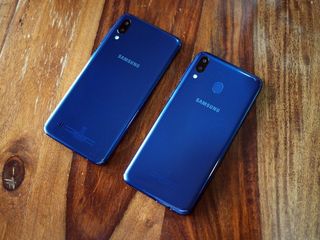
Because of the fact that the Galaxy M devices are sold online with thin margins, Samsung is looking at new ways to monetize either device. One form of that is via lock screen stories, which inject full-screen ads in the lock screen, much like what Amazon used to do earlier with its Prime-exclusive devices. The ads on the Galaxy M10 and M20 are intrusive, and worst of all, they're enabled by default. There is an option to disable them by going into the settings, but this is a "feature" that should've been opt-in.
Aside from that, the interface itself is relatively unchanged from what you'd find on any other Samsung phone. Interestingly, it doesn't look like the Galaxy M series devices will make the switch to One UI with Pie.
Overall though, there's plenty to like in the Galaxy M20. Samsung needed to roll out a device that could hold up to the Chinese players, and it managed to do that just that. The M20 offers a fresh design, robust hardware, FHD+ panel, and a 5000mAh battery. Best of all, the 4GB/64GB variant of the device retails for just ₹12,990 ($180), making it a decent alternative to the likes of what Xiaomi, Realme, and ASUS have to offer.
The M10 sounds like an even better deal, with the device starting off at ₹7,990 ($110). But with the 3GB/32GB edition of the M20 retailing for just ₹10,990 ($150), you're better off picking it up instead.

Harish Jonnalagadda is Android Central's Senior Editor of Asia. In his current role, he oversees the site's coverage of Chinese phone brands, networking products, and AV gear. He has been testing phones for over a decade, and has extensive experience in mobile hardware and the global semiconductor industry. Contact him on Twitter at @chunkynerd.
